A Guide to Stem Cell Therapy Cost in Europe
.png)
The cost of stem cell therapy in Europe can vary widely, generally ranging from approximately €4,500 to over €30,000 ($5,000 to $35,000+ USD), depending on the specific condition being treated, the type of stem cells used, the number of treatments required, and the country where the clinic is located. This innovative field of regenerative medicine in Europe offers promising avenues for various conditions, but understanding the financial investment is crucial for prospective patients.
Navigating the world of stem cell therapy can feel overwhelming, especially when it comes to the price. You're likely wondering what contributes to these costs and what you can expect. This blog post aims to break down the expenses associated with stem cell treatments in Europe, answer your most pressing questions, and provide clarity so you can make informed decisions about your health journey. We'll delve into the factors influencing the price, explore costs for specific conditions, and discuss what's typically included in treatment packages.
What is the average cost of stem cell therapy in Europe?
"The average cost of stem cell therapy in Europe typically falls between €7,000 and €20,000 ($8,000 to $23,000 USD), though complex procedures or treatments for severe conditions can exceed €30,000 ($35,000 USD)."
This range is quite broad because "Europe" encompasses many countries with differing economic landscapes and healthcare regulations. For instance, clinics in Western European countries like Germany or Switzerland might have higher operational costs, reflecting in the treatment price. Conversely, Eastern European countries such as Poland or Serbia may offer more affordable options without compromising on the quality of care, often due to lower living costs and competitive healthcare markets. The intricacy of the procedure and the specific medical condition also play significant roles in determining the final figure.
What factors influence the cost of stem cell therapy in Europe?
"Several key factors influence the stem cell therapy cost in Europe, including the type of stem cells used (e.g., autologous, allogeneic), the complexity of the medical condition being treated, the number of treatment sessions required, the reputation and location of the clinic, and the specific country's regulatory and economic environment."
Let's break these down:
- Type of Stem Cells: Autologous stem cells (harvested from the patient's own body, like bone marrow or adipose tissue) might involve different processing costs compared to allogeneic stem cells (sourced from a donor, such as umbilical cord tissue).
- Medical Condition: Treating a localized joint issue like osteoarthritis in the knee will likely have a different cost profile than addressing a systemic neurological condition like Multiple Sclerosis, which may require more cells, different delivery methods, and more comprehensive supportive care.
- Number of Sessions: Some conditions may respond to a single infusion, while others might necessitate a series of treatments over weeks or months, directly impacting the overall expense.
- Clinic and Country: Established clinics with leading specialists and advanced technology in countries with higher operational costs will generally charge more. Conversely, newer but still reputable clinics in more affordable European nations may offer lower prices.
- Included Services: Some clinics offer all-inclusive packages covering consultations, the procedure, hospital stays (if required), and initial follow-up, while others might bill these separately.
Is stem cell therapy in Europe cheaper than in the USA?
"Yes, generally, stem cell therapy in Europe, particularly in certain Eastern and Southern European countries, can be significantly more affordable than in the United States, where similar treatments can cost considerably more, often ranging from $25,000 to $50,000 or higher for comparable procedures."
The higher cost in the U.S. is often attributed to different regulatory landscapes, higher healthcare operational costs, and insurance complexities. Many patients from the U.S. and other parts of the world explore options in Europe for this reason. However, it's crucial to compare not just the price but also the specifics of the treatment, the expertise of the medical team, and the clinic's accreditation and safety standards.
What types of stem cell therapies are available in Europe and what are their general cost ranges?
"Europe offers various stem cell therapies, including treatments using Mesenchymal Stem Cells (MSCs), Hematopoietic Stem Cells (HSCs), and others, with costs varying: for example, orthopedic applications might range from €5,000-€15,000, while treatments for more complex systemic conditions could be €15,000-€35,000+."
MSCs, often derived from adipose tissue, bone marrow, or umbilical cord tissue, are widely used for their regenerative and anti-inflammatory properties in conditions like arthritis, autoimmune diseases, and tissue repair. HSCs, typically from bone marrow or cord blood, are primarily used for blood-related cancers and disorders. The source of the cells, the processing involved, and the method of administration (e.g., local injection vs. intravenous infusion) all contribute to the cost variation. For example, a localized stem cell injection for knee arthritis will generally be less expensive than a systemic treatment for an autoimmune disorder.
How much does stem cell therapy for knee arthritis cost in Europe?
"The cost of stem cell therapy for knees in Europe commonly ranges from €4,000 to €12,000 ($4,500 to $14,000 USD) per knee, depending on the source and number of stem cells, the clinic's location, and whether one or both knees are treated."
This is one of the more common orthopedic applications of stem cell therapy. The procedure typically involves harvesting stem cells (often from the patient's own fat or bone marrow) and injecting them directly into the affected knee joint. Prices can vary; for instance, Spain might offer treatments starting from around €10,000, while clinics in other parts of Europe might have different pricing structures. The fee usually covers the cell harvesting, processing, injection, and initial consultation.
What is the estimated cost for stem cell therapy for Multiple Sclerosis (MS) in Europe?
"The cost of stem cell therapy for Multiple Sclerosis (MS) in Europe can be quite substantial, often ranging from €12,000 to €30,000 ($14,000 to $35,000 USD) or more, due to the complexity of the condition and the comprehensive nature of the treatment protocol."
Treating MS with stem cells, often involving autologous hematopoietic stem cell transplantation (aHSCT) or mesenchymal stem cell therapy, is a more involved process. It may require hospitalization, a more intensive cell processing and delivery protocol, and extensive pre-treatment evaluation and post-treatment follow-up. Countries like Germany and Spain are known for offering such treatments, but the specific protocol and the clinic's expertise will heavily influence the final price.
What about the cost of stem cell therapy for Autism in Europe?
"Stem cell therapy for autism in Europe can range from approximately €8,000 to €25,000 ($9,000 to $28,000 USD), varying significantly based on the clinic, the type and number of cells used, and the number of treatment sessions."
It's important to note that stem cell therapy for autism is considered an experimental treatment, and its efficacy is still under investigation. Clinics offering this treatment often use mesenchymal stem cells, and the protocols can vary. The cost will reflect the specific approach, the source of the stem cells (e.g., cord blood, adipose tissue), and the comprehensiveness of the treatment plan, which might include multiple infusions.
Are there any hidden costs associated with stem cell therapy in Europe?
"Yes, potential hidden costs for stem cell therapy in Europe can include pre-treatment consultations and diagnostic tests, travel and accommodation expenses, post-treatment medications or physiotherapy, and follow-up appointments, which may not always be included in the initial quote."
It's vital to get a detailed breakdown of what the quoted price includes. Ask specifically about:
- Initial diagnostics: Are MRI scans, blood tests, or other assessments covered?
- Travel and lodging: These are typically the patient's responsibility.
- Medications: Will you need to pay for any prescriptions post-treatment?
- Rehabilitation: Is physiotherapy or other rehabilitative care included or an extra cost?
- Follow-up care: How many follow-up visits are included, and what is the cost for additional ones?
- Complications: While rare, if complications arise, who covers the cost of managing them?
What is typically included in the quoted stem cell therapy price in Europe?
"A quoted price for stem cell therapy in Europe usually includes the initial consultation, the stem cell harvesting and processing, the administration of the stem cells, and sometimes a limited number of immediate post-treatment follow-up checks. However, this varies greatly between clinics."
Always clarify with the clinic exactly what services and procedures are covered by the price. Some clinics offer comprehensive packages that might include airport transfers, accommodation assistance, and more extensive follow-up. Others may provide a price solely for the medical procedure itself. Understanding this upfront will help you budget accurately and avoid unexpected expenses.
Do European countries offer more affordable stem cell therapy options?
"Yes, certain European countries, particularly those in Eastern and Southeastern Europe (e.g., Poland, Serbia, Ukraine before the conflict), often offer more affordable stem cell therapy options compared to Western European nations or the United States, with prices sometimes starting as low as €4,500 ($5,000 USD) for certain treatments."
This affordability is often due to lower labor and operational costs in these regions. However, lower cost does not necessarily mean lower quality. Many clinics in these countries are equipped with modern technology and staffed by experienced medical professionals. Thorough research into the clinic's credentials, patient reviews, and success rates is paramount regardless of the price point.
Are there financing options available for stem cell therapy in Europe?
"While direct clinic financing might be limited, some patients explore options like medical tourism loans, personal loans from their home country's banks, or crowdfunding to finance their stem cell treatment price in Europe."
It's less common for European clinics to offer in-house payment plans directly to international patients. However, specialized medical loan companies in a patient's home country might provide financing for treatments abroad. Some patients also use personal savings, credit cards (though be mindful of interest rates), or seek assistance from charitable organizations if applicable to their condition. Always discuss payment options with the clinic and explore third-party financing possibilities well in advance.
How do I choose a reputable stem cell clinic in Europe considering the cost?
"When choosing a stem cell clinic in Europe, consider not only the stem cell therapy cost but also the clinic's accreditations, the experience and qualifications of the medical team, the type of stem cells used, adherence to safety and ethical guidelines, transparent communication, and verifiable patient testimonials or outcomes."
A lower price shouldn't be the sole deciding factor. Look for:
- Credentials: Are the doctors specialists in regenerative medicine or the specific field related to your condition?
- Transparency: Does the clinic clearly explain the procedure, potential risks, and realistic outcomes? Do they provide a detailed cost breakdown?
- Regulatory Compliance: Is the clinic operating in accordance with national and European regulations for advanced therapies? (The European Medicines Agency - EMA - plays a role in regulating advanced therapy medicinal products).
- Technology and Facilities: Does the clinic use up-to-date technology for cell processing and administration?
- Patient Reviews: Look for independent reviews and, if possible, speak to former patients.
Is the success rate of stem cell therapy in Europe reflected in its cost?
"While higher-cost clinics may invest more in research and technology potentially influencing outcomes, the cost of stem cell therapy in Europe is not a direct measure of its success rate. Success depends more on the specific condition, patient's health, type of therapy, and adherence to protocol."
Expensive doesn't always mean better, and more affordable doesn't always mean inferior. Success rates vary widely depending on the condition being treated, the type of stem cells used, the patient's overall health, and the specific protocol followed by the clinic. It's crucial to have realistic expectations and discuss probable outcomes with the medical team based on clinical evidence and their experience with similar cases, rather than assuming cost equates to success.
Ready to explore your options for stem cell therapy in Europe? PlacidWay can help you connect with reputable clinics and find solutions tailored to your healthcare needs. Explore PlacidWay today to learn more!


.png)






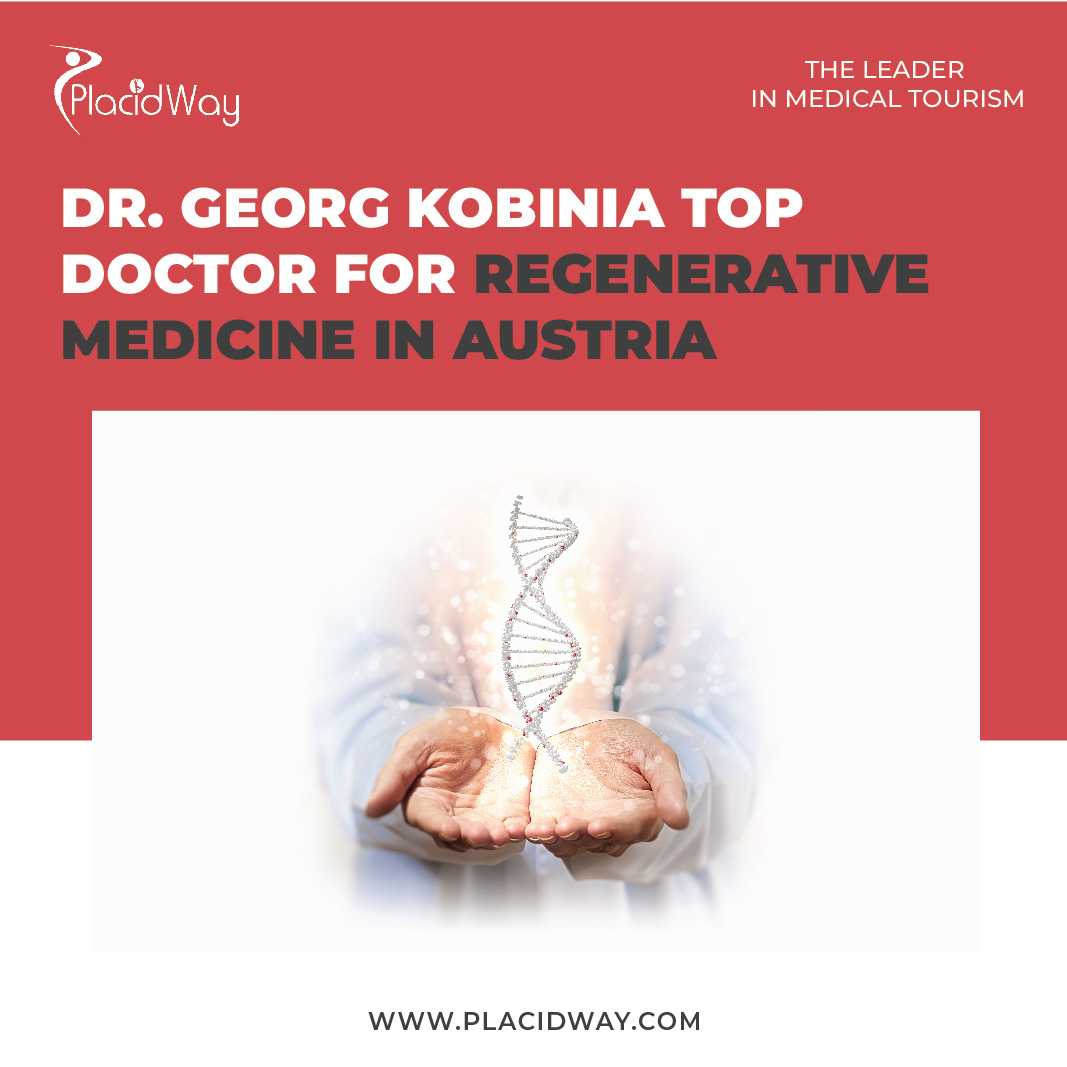

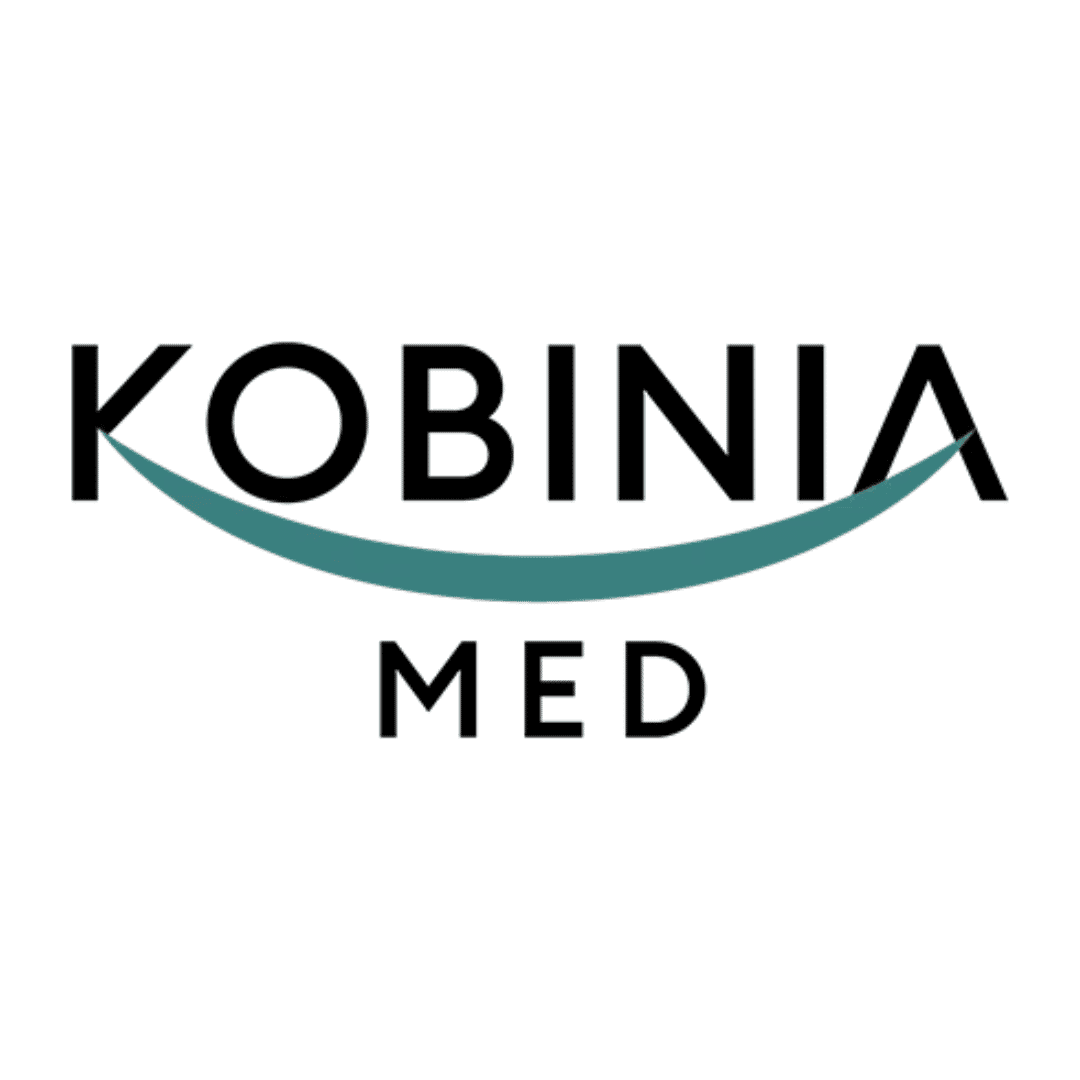
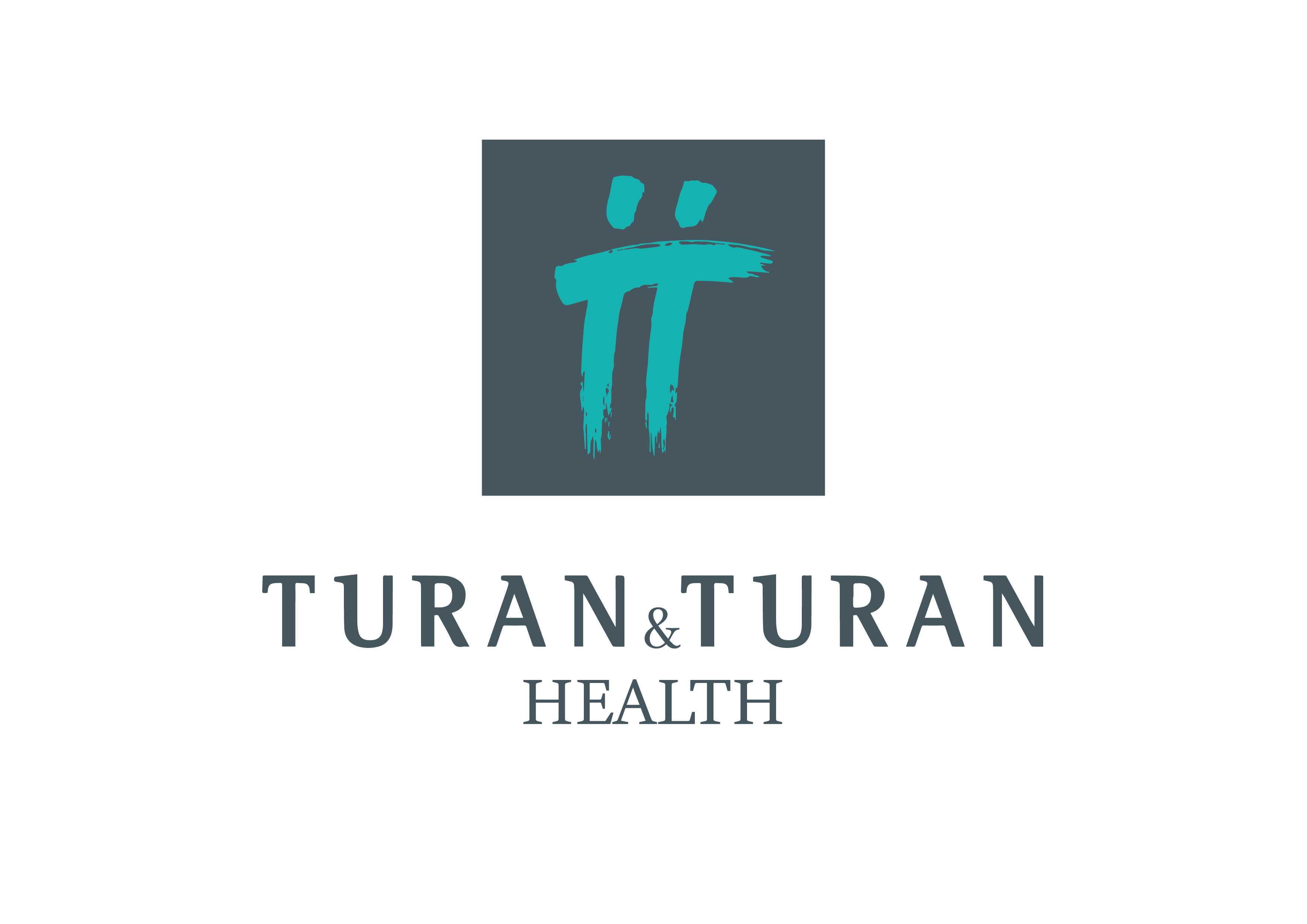

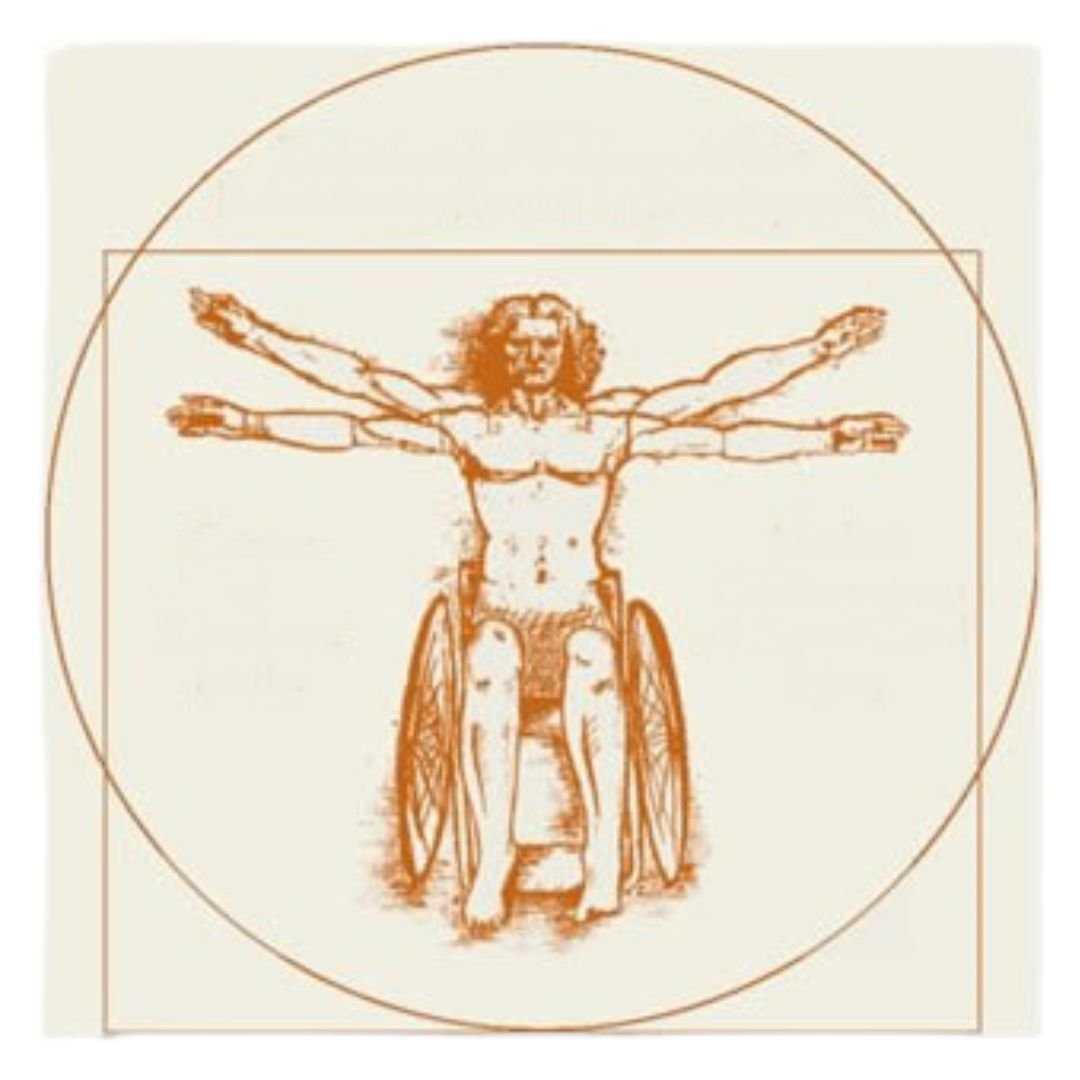
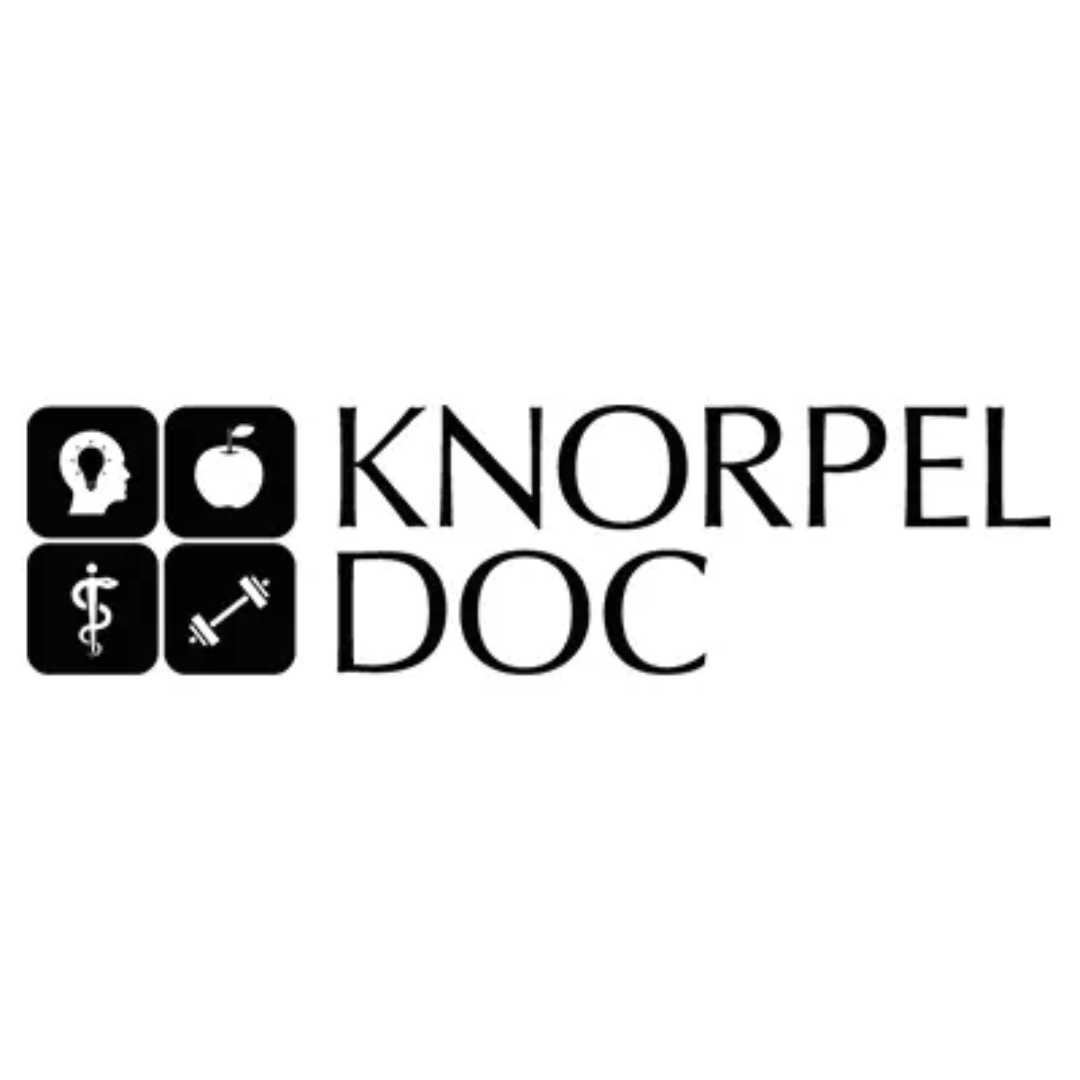

Share this listing